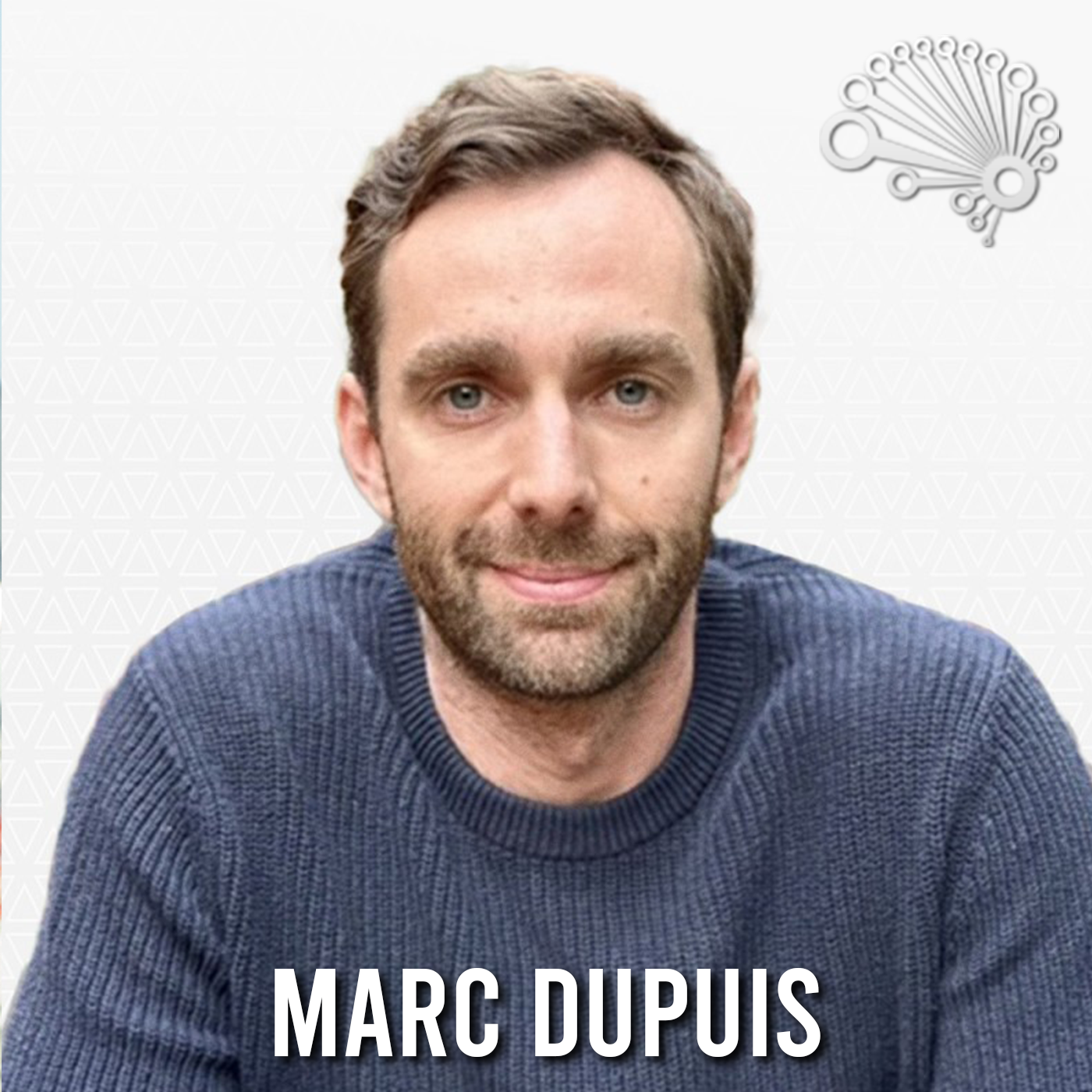(00:04):
This is FiveMinuteFriday on Attention-Sharpening Tools, Part 1 of 2
(00:14):
In any given workday, our goal is typically to get as much done as possible. Often, however, we spend the day feeling frazzled — hopping reactively between multiple tasks, emails, texts, catch-ups with colleagues, and our physiological needs. By the end of the day, we feel worn out and we often didn’t accomplish all that we’d hoped to at the start of the day, even if we put in heroically long hours because we’re so committed to getting everything done.
(00:48):
Lying in bed after one of these long days, I often find myself thinking that it could have gone very differently if only I’d be able to avoid distractions, focus on the most important work, and get it done. With such a day, it would be possible to finish early (or at least not late!), feel like I still have gas in the tank, and then spend the evening with loved ones or on cherished hobbies.
(01:15):
So, is such a mythical day of focus possible? Absolutely.
(01:21):
Six years ago, a friend posted on my social media feed about the positive experience they’d had using an app called Headspace for a year. Having recently developed a regular yoga practice, I’d had some exposure to mindfulness but had never undertaken any structured mindfulness training. From the moments of clarity, I’d experienced while sitting counting breaths for a few minutes during yoga classes, I suspected that such a structured meditation program would bring a wealth of peace into my life.
(01:53):
Well, the program did bring a wealth of peace into my life. But it also exponentially increased my attention span. Which, it turns out, is really all meditation or mindfulness practice is. These words — meditation, mindfulness — conjure up all manner of elaborate explanations and are wrapped within countless elaborate rituals — but at its core, meditation is extremely simple: It’s learning to pay attention. That’s it. Learning to be present with your senses, learning to be present with your thoughts, and learning to direct your thoughts more effectively and efficiently.
(02:38):
When I first downloaded the Headspace app onto my phone six years ago, all of the sessions that I attempted were relatively short; they were five minutes long. But it was excruciating for me to sit with myself with my mind, even for those five minutes. And so I must admit that in those early sessions, I would often check my phone for notifications, I would check email, I would check the calendar for the day, I would check what time it was repeatedly; anything to avoid the uncomfortable feeling of not actively doing something.
(03:10):
But I stuck with the practice. I stuck with it for months, then stuck with it for years. Despite the challenge. And even today, there are sometimes very challenging days. But the key to progress on any habit is to stick with it, especially when it’s challenging or difficult to summon the motivation to start. In the interest of maintaining the habit, I therefore formally practice mindfulness once every single day: Sometimes all I squeeze in is three minutes while I’m sitting on the subway into the office or right before I turn out the lights for bed. Typically, however, an historical session for me has been about 10 minutes long.
(03:52):
Relatively recently, I began experimenting with adding into my headspace practice a remarkable headband-based technology called Muse, which averages the activity of the brain cells in an area of your brain called the prefrontal cortex. Your prefrontal cortex is responsible for your ability to maintain your attention on any particular thought and the headband provides you with real-time auditory feedback on the average speed that the brainwaves of your prefrontal cortex are oscillating at. The details of this neuroscience are a story for another time, but essentially the slower the brainwaves of your prefrontal cortex are oscillating, the less your mind is racing off, getting caught up in random, unfocused thought.
(04:41):
My experience with both of these apps — Headspace and Muse — together has been transformative. I let headspace play, say on my stereo, and then I play the real-time audio feedback from the Muse headband into headphones. This pairing of the Headspace and Muse apps has proved terrifically beneficial for me: For encouraging a sense of peacefulness in my day, as well as for improving my ability to prioritize my thoughts and maintain my attention on the thoughts that are most helpful to me at any given time, say, for completing a particular task like writing a blog post or recording a podcast episode.
(05:20):
After years of structured mindfulness practice, I have at moments thought that perhaps I’d already reaped all of the benefits by carrying out my brief daily Headspace-plus-Muse ritual. Boy, was I ever wrong. Tune back into Five Minute Friday next week to hear about how the coronavirus lockdown unexpectedly led me to a dramatic acceleration in my ability to maintain my attention. In next Friday’s episode, I’ll fill you in on my illuminating experience and I’ll provide you with all of my favourite tools and tips for maximizing your own attention span. See you then.



